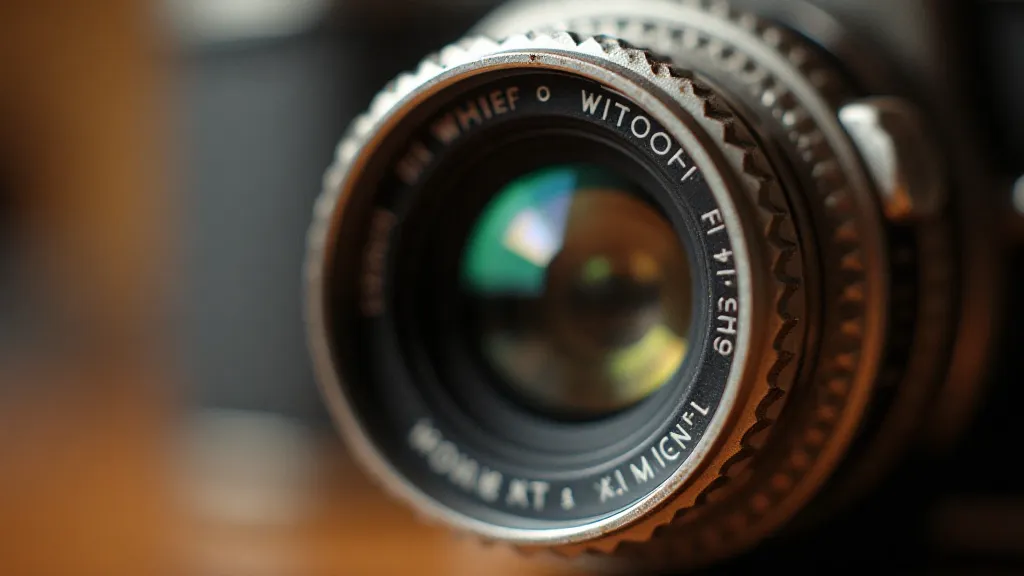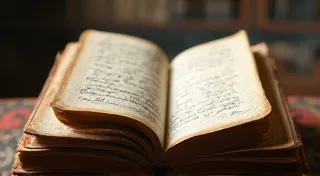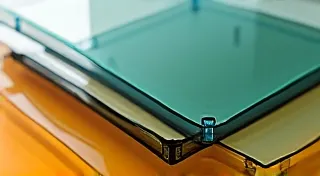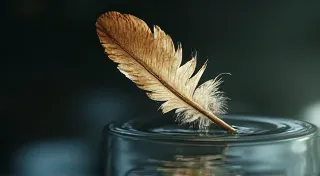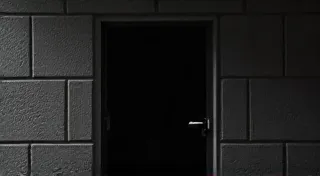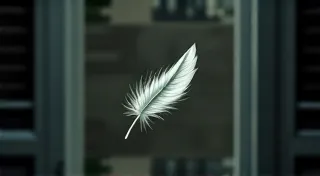The Darkroom's Alchemy: Transforming Images, Crafting Stories
The scent of fixer, the quiet hum of the enlarger, the gradual emergence of an image on photographic paper – these are rituals. They’re more than just steps in a process; they’re an act of transformation, akin to the age-old practice of alchemy. We're taking latent potential, a blank slate of silver halide crystals, and coaxing from it a tangible representation of light, shadow, and memory. This is especially potent when considering the delicate beauty of vintage viewfinders, often found nestled within cameras that have witnessed history. Restoring these viewfinders isn't just about repair; it’s about preserving a visual gateway to a bygone era.
I remember the first time I truly understood this alchemy. I was a teenager, helping my grandfather clear out his attic. He's a man of few words but immense skill, having been a darkroom technician for decades. He handed me a dusty box filled with old prints – portraits of people I’d never met, landscapes lost to time, and scenes of everyday life rendered with a stark, compelling honesty. “These aren’t just pictures, lad,” he said, his voice rough with age. “They’re stories waiting to be told again.” He then proceeded to demonstrate the art of dodging and burning – subtly manipulating the exposure during printing to bring out details and guide the viewer's eye. It wasn't about copying reality; it was about shaping perception, about crafting a narrative.
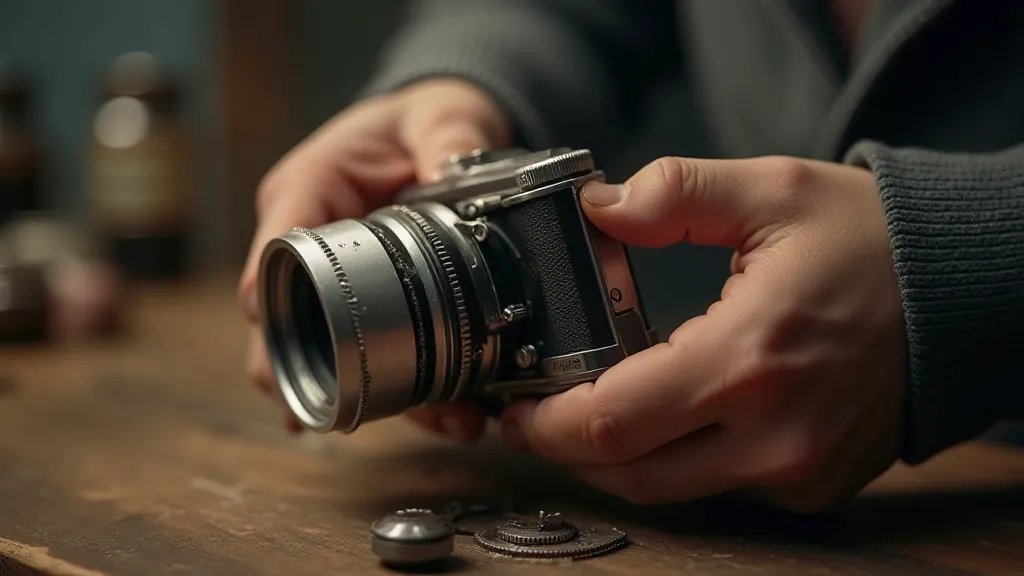
The Anatomy of Transformation: Developing, Printing, and Narrative
Think about the developing process itself. In the darkness, latent images are revealed, like secrets brought to light. We introduce a chemical solution, a catalyst, and watch as the invisible becomes visible. This mirrors the act of storytelling. A writer takes a kernel of an idea, a seed of a character, and through careful craft, brings it into being. The developing agent is like the writer’s imagination, the fixer stabilizes the image, much like editing refines the narrative. Dodging and burning – selectively blocking or exposing light – is analogous to highlighting certain aspects of a story, emphasizing certain characters or themes, subtly guiding the reader's emotional journey. A photograph, like a story, is rarely a straightforward representation of reality; it's a carefully constructed experience.
Vintage viewfinders, often found in antique accordions, folding cameras, and rangefinders, are particularly evocative examples of this process. They are tiny windows, meticulously crafted to direct the photographer’s eye. Many are intricately designed with internal mirrors and prisms, a testament to the ingenuity of early optical engineers. Their condition often reflects the history they’re a part of - light leaks, scratches, and sometimes, complete disintegration. Restoring these viewfinders is an act of reverence, a chance to reconnect with the photographer who peered through them decades ago.
The Craftsmanship of a Lost Era
The quality of workmanship in older cameras is often astonishing. Mass production had barely begun, and most components were painstakingly assembled by skilled artisans. Consider the internal workings of a vintage viewfinder. Each mirror was precisely angled, each prism expertly ground. The metalwork was often intricate, employing techniques like engraving and chasing. These weren’t just functional elements; they were objects of beauty. This level of detail is often lost in modern manufacturing, where cost-efficiency often trumps artistry.
My grandfather always emphasized the importance of understanding the tools of the trade. He’s taught me, not only the chemical processes of darkroom printing but the fundamental principles of optics and mechanics. He’s explained how early viewfinder designs were crucial for framing compositions and judging distances – skills that have become almost obsolete with the advent of digital photography. Learning to restore a viewfinder isn’t just about cleaning and repairing; it’s about appreciating the knowledge and skill that went into its original creation.
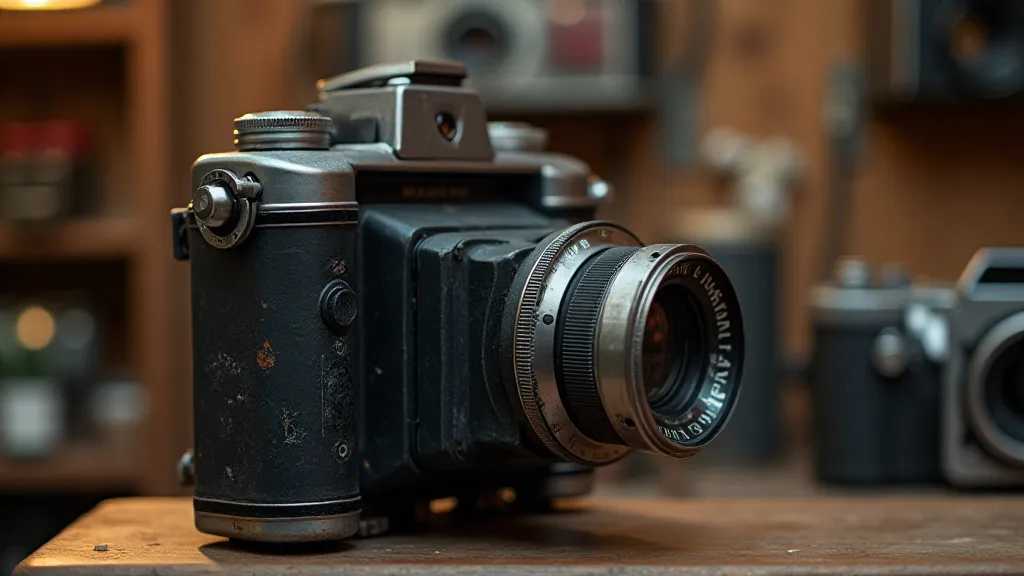
More Than Just Repair: Preservation of Memory
Restoring a vintage viewfinder isn’t always about returning it to its original pristine condition. Sometimes, the imperfections—the scratches, the light leaks—tell a story of their own. These marks are a record of the camera's journey, a testament to its resilience. They’re a visual echo of the past. The goal isn’t to erase that history but to stabilize it, to ensure that it can be appreciated for years to come.
When I work on a viewfinder, I try to imagine the photographer who used it. What did they see through that little window? What stories did they capture? What moments did they immortalize? It’s a humbling experience, a reminder that we are all part of a larger narrative, a continuous chain of human experience.
A Subtle Alchemy: From Light to Story
The alchemy of photography, like the alchemy of storytelling, is about transformation, about revealing hidden truths, about crafting meaning from chaos. Whether it's the chemical reactions in the darkroom or the careful arrangement of words on a page, the process involves a deep understanding of materials, a willingness to experiment, and a commitment to revealing something beautiful and meaningful.
Restoring a vintage viewfinder is more than just a technical exercise; it's a form of preservation, a way of keeping the past alive. It's a reminder that even the smallest objects can hold immense power, capable of transporting us to another time and place. The next time you hold a vintage camera, take a moment to appreciate the craftsmanship, the history, and the subtle alchemy that brought it into being. Consider the stories it holds, the moments it has witnessed, and the countless lives it has touched.
